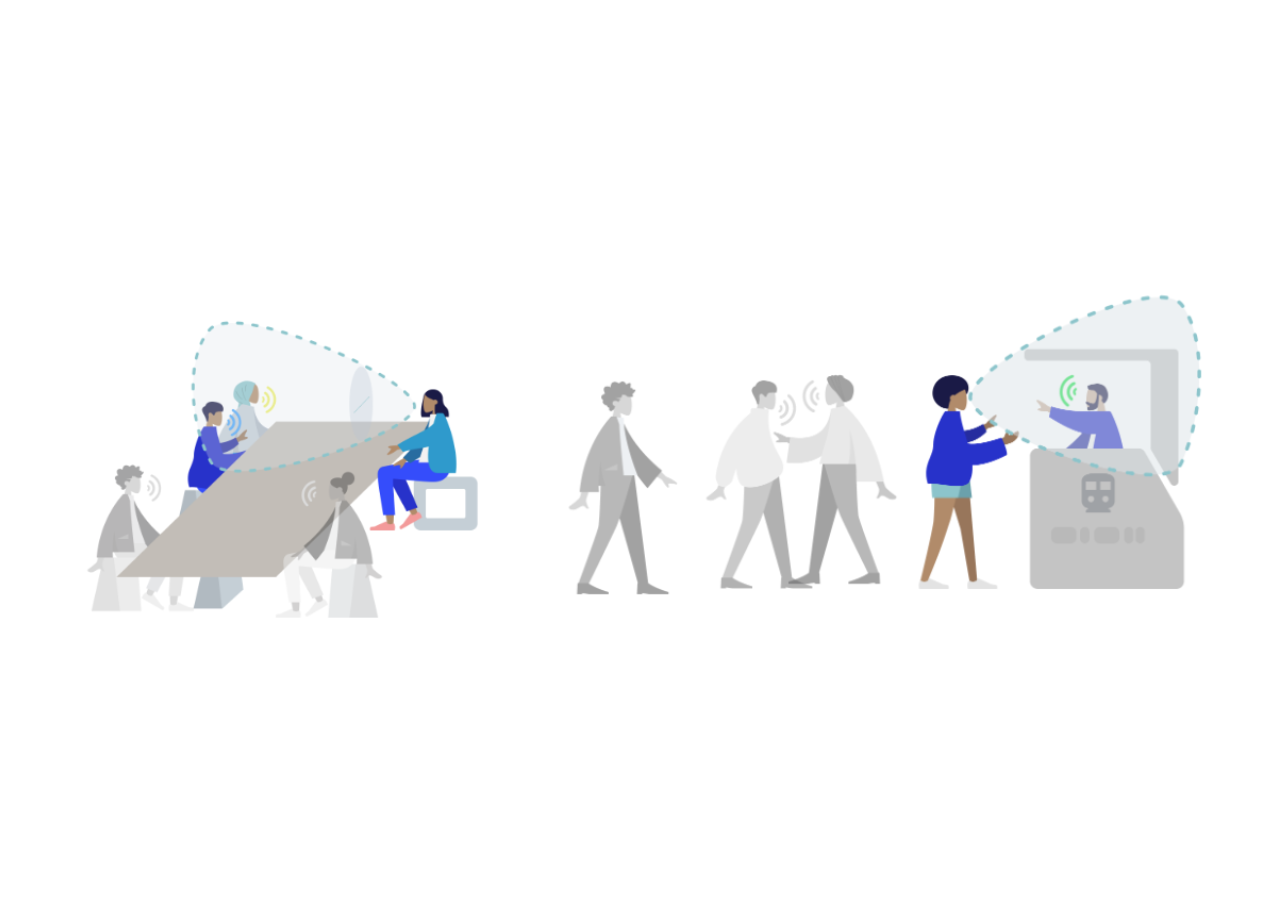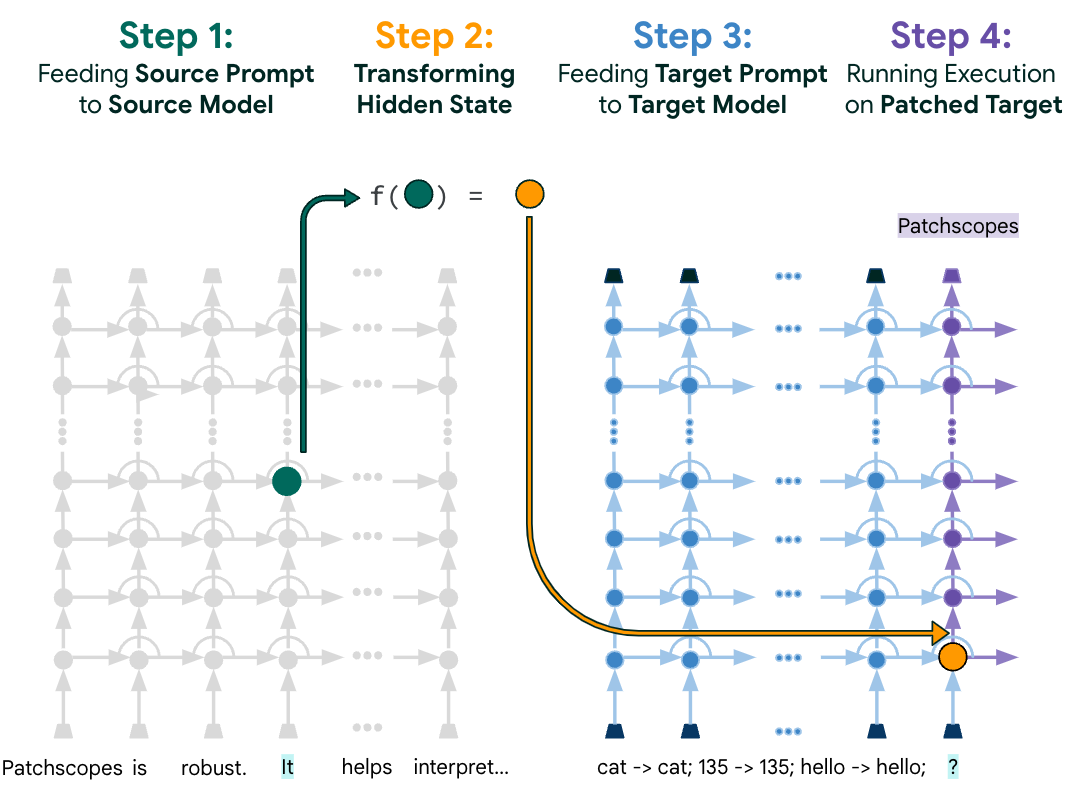
Google-Landmarks: A New Dataset and Challenge for Landmark Recognition
March 1, 2018
Posted by André Araujo and Tobias Weyand, Software Engineers, Google Research
Image classification technology has shown remarkable improvement over the past few years, exemplified in part by the Imagenet classification challenge, where error rates continue to drop substantially every year. In order to continue advancing the state of the art in computer vision, many researchers are now putting more focus on fine-grained and instance-level recognition problems – instead of recognizing general entities such as buildings, mountains and (of course) cats, many are designing machine learning algorithms capable of identifying the Eiffel Tower, Mount Fuji or Persian cats. However, a significant obstacle for research in this area has been the lack of large annotated datasets.
Today, we are excited to advance instance-level recognition by releasing Google-Landmarks, the largest worldwide dataset for recognition of human-made and natural landmarks. Google-Landmarks is being released as part of the Landmark Recognition and Landmark Retrieval Kaggle challenges, which will be the focus of the CVPR’18 Landmarks workshop. The dataset contains more than 2 million images depicting 30 thousand unique landmarks from across the world (their geographic distribution is presented below), a number of classes that is ~30x larger than what is available in commonly used datasets. Additionally, to spur research in this field, we are open-sourcing Deep Local Features (DELF), an attentive local feature descriptor that we believe is especially suited for this kind of task.
 |
Geographic distribution of landmarks in our dataset. |
The two Kaggle challenges provide access to annotated data to help researchers address these problems. The recognition track challenge is to build models that recognize the correct landmark in a dataset of challenging test images, while the retrieval track challenges participants to retrieve images containing the same landmark.
 |
A few examples of images from the Google-Landmarks dataset, including landmarks such as Big Ben, Sacre Coeur Basilica, the rock sculpture of Decebalus and the Megyeri Bridge, among others. |
Acknowledgments
Jack Sim, Will Cukierski, Maggie Demkin, Hartwig Adam, Bohyung Han, Shih-Fu Chang, Ondrej Chum, Torsten Sattler, Giorgos Tolias, Xu Zhang, Fernando Brucher, Marco Andreetto, Gursheesh Kour.


